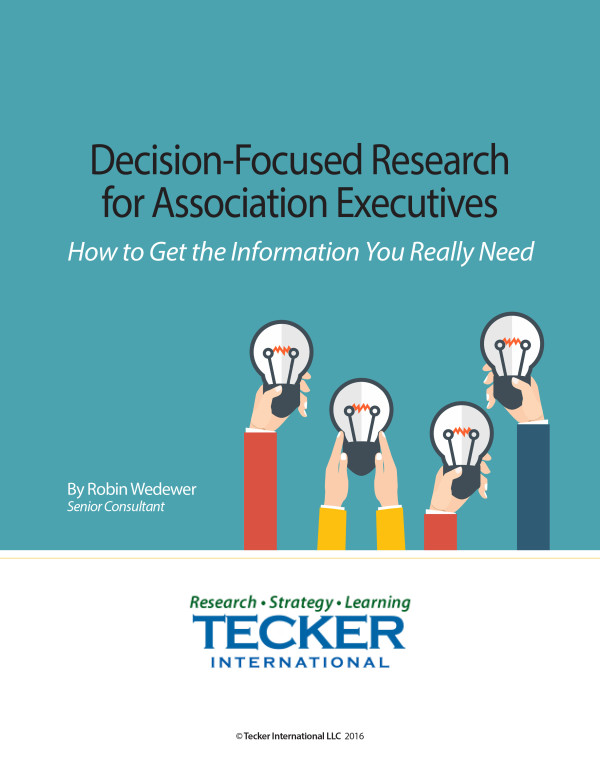Originally published in January 2017, this was our most popular blog post of the year. We’re bringing it back in case you missed it!
We hear lots of questions about boards and board meetings – how many members is ideal, what information should be provide to them, what should our board agenda look like? Recently, we were asked about how long board meetings should be. There is no ideal amount of time for a board meeting. It should be as long as it takes to get the work done. But it should be work that belongs to the board, not work that the board does because they like it, they feel like it, or they don’t know how to do true board work. Boards that are local often meet for an hour or two every couple of months. Boards for national or international organizations frequently have longer in-person board meetings because they may only meet face-to-face once or twice a year. These longer board meetings might be a couple of days, but the agenda focuses on strategic issues. When the agenda lists reports of X committee, a report of the executive director, reports of ….., then the board is spending a disproportionate amount of time on the wrong stuff. And the board is invited to meddle in redoing the work of the entity that provides the report. Give a board large amounts of financial detail and one or two members will derail the report with questions about expenses that are beneath the board to consider. That’s one of the reasons they approve the budget: to authorize spending without watching every transaction. The board should be spending its time on the things only the board can do – focus on the future of the organization, issues of strategic importance, policy items that the board must deal with, including anything from a committee or the staff that are things that only the board can address. Reports are just that, and should be dealt with in print or with video reports that the board consumes prior to the board meeting. For in-person meetings, reports are a waste of time unless they relate to a strategic initiative. Control the agenda. Get the board focused on what belongs to the board and the amount of time will be both contained and will be used well.


